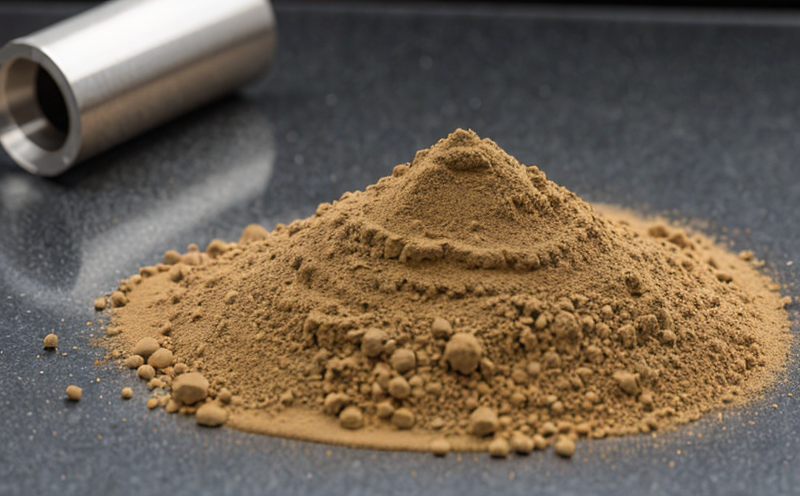ASTM D1505 Density of Plastics by Density Gradient Technique
The density measurement of plastics is a critical parameter in quality assurance and compliance. ASTM D1505 provides a standardized method for determining the apparent density of plastics using the density gradient technique. This test ensures that materials meet specified standards, which is essential for industries like automotive, aerospace, electronics, and consumer goods.
The procedure involves immersing small specimens in a series of solutions with varying densities until they reach equilibrium. The solution at this point provides an accurate measure of the specimen's apparent density. This method is particularly useful because it can account for irregularities within the plastic that may affect other measurement methods. Understanding these nuances helps prevent discrepancies and ensures consistent quality across production batches.
Proper calibration and standardization are crucial when performing ASTM D1505 tests. Calibration of instruments such as balances, volumetric flasks, and densitometers must be done according to the manufacturer's specifications. It is also important that operators follow strict protocols during sample preparation and testing to minimize human error. By adhering strictly to these guidelines, laboratories can produce reliable results that meet or exceed industry expectations.
The choice of solutions used in ASTM D1505 plays a significant role in achieving accurate measurements. Solutions should be prepared according to the specified concentrations found within the standard. Using incorrect volumes or concentrations could lead to inaccurate readings and false conclusions about material properties. Therefore, it is vital that all components are accurately measured and mixed before use.
Understanding ASTM D1505 also involves recognizing its limitations. While this technique provides valuable insights into apparent density, it does not account for true density due to internal voids or porosity within the plastic itself. For more comprehensive analysis, additional testing methods may be necessary depending on specific application requirements.
In summary, ASTM D1505 offers a robust approach for measuring the apparent density of plastics. By following correct procedures and using appropriate materials, laboratories can ensure accurate results that contribute to better product design and manufacturing processes across various sectors.
Why It Matters
The measurement of plastic density is vital in several industries where material properties significantly influence performance. Automotive manufacturers rely on precise density measurements to optimize fuel efficiency by selecting lightweight yet durable materials for vehicle components. In the aerospace industry, accurate density data helps engineers balance strength and weight requirements crucial for reducing overall aircraft weight without compromising structural integrity.
For electronics producers, knowing the exact density of plastic casings ensures proper fit within enclosures while maintaining optimal thermal conductivity characteristics necessary for efficient heat dissipation systems. Consumer goods companies benefit from consistent density measurements to ensure product reliability throughout their lifecycle, enhancing user experience and satisfaction.
The importance of ASTM D1505 extends beyond mere compliance; it supports innovation by enabling researchers to explore new formulations that offer improved performance attributes based on tailored densities. Compliance officers need accurate data to verify adherence to regulatory standards ensuring safe and effective products reach marketplaces globally.
Benefits
- Precision Measurement: ASTM D1505 ensures precise measurement of plastic density, providing reliable data for various applications.
- Avoidance of Discrepancies: By adhering strictly to the standard procedures outlined in ASTM D1505, laboratories can minimize errors and inconsistencies.
- Informed Decision Making: Accurate density measurements enable informed decisions regarding material selection and process optimization.
- Regulatory Compliance: Ensures that products meet relevant standards set by regulatory bodies.
- Enhanced Product Quality: Consistent density ensures uniform product quality, leading to higher customer satisfaction.
- Innovation Support: Provides essential data for researchers developing new materials with optimized properties.





